This is a revised version of my article for Level magazine in May 2023.
Introduction
The next decade is set to witness a revolutionary transformation in the gaming industry, driven by advancements in AI and neural interface technology.
This article unfolds a five-stage evolution of gaming, each building upon the previous innovations and technological breakthroughs, significantly reshaping the gaming experience and its societal impact. From intelligent NPCs to immersive neural interfaces, we will explore how each stage contributes to this radical shift.
Content:
- Intelligent NPCs
- AI-Generated games and assets
- AI-Simulated games (mid-frequency simulations)
- AI-Simulated games (high-frequency simulations)
- Neural Interfaces
- Observer Effect in AI-Simulated Games
- Impact on Society
Stage 1: Intelligent NPCs
The first stage will introduce AI-generated intelligent NPCs (non-player characters) capable of observing, understanding, thinking, planning, making informed decisions, and interacting with their environment.
These behavioral NPCs will offer more than just conversational abilities; they will exhibit goal-oriented actions and long-term memory, spatial awareness and reasoning, and an ability to mimic human thought and emotional processes.
They will be powered by LLMs (Large Language Models) like GPT-4 or Mistral 7B.
Initially, the NPCs will be cloud-based, allowing games with advanced AI characters to run on standard gaming systems like PCs and consoles.
As technology advances, smaller LLMs will enable these complex NPCs to run directly on players’ devices, lessening cloud dependency. The Mistral 7B model is already a step in this direction.
Stage 2: AI-Generated Games and Assets
Next, we enter an era where game creation will become a collaborative process between the user and an LLM agent. This stage will revolutionize the user’s role from mere player to creator. Users will engage in a back-and-forth dialogue with the AI, refining and articulating their game concept.
The AI will generate code and assets within engines like Unreal and VRAGE3, utilizing its deep understanding of game dynamics. This stage will democratize game development, enabling the creation of games through simple descriptive text.
Just by talking to AI agents, you will be able to create the game of your dreams.
Stage 3: AI-Simulated Games (mid-frequency simulations)
In this stage, the AI model will play a more direct role in simulating game logic and maintaining the game state in its memory, while rendering and physics will still be managed by a traditional game engine.
The AI’s advanced simulation capabilities will dynamically evolve game mechanics and storytelling alongside the game state, all in real time. This will ensure a continuously adaptive and flexible gaming experience.
This hybrid model will allow the AI to simulate mid-frequency game logic (5-10 hertz), complementing the high-frequency tasks like physics and rendering (60-120 hertz) handled by the game engine.
Stage 4: AI-Simulated Games (high-frequency simulations)
The next step in gaming technology will see AI take over all aspects of game simulation, including graphics rendering and physics, ensuring a consistent and smooth performance at 60-120 frames per second (FPS).
While traditional game engines will still be needed for mid-frequency simulations, high-frequency simulations will rely entirely on AI for both physics and graphics rendering tasks.
This will enable the creation of a simulated reality that dynamically adapts to the player’s desires in real-time.
Achieving this level of sophistication requires significant improvements in the speed and efficiency of AI inference, likely spurring the development of specialized hardware designed specifically for AI model inference.
In these simulations, the distinction from actual reality will be indiscernible, both in visual aspects and in terms of interactive fidelity and adaptability. Minute details will be intricately simulated, surpassing the limitations traditionally set by programmer-defined features, leading to a groundbreaking and immersive gaming experience.
Stage 5: Neural Interfaces
The culmination of our journey is the integration of neural interfaces like Neuralink, directly connecting the human brain to AI-powered gaming simulations.
This stage represents a monumental leap, creating immersive and personalized gaming experiences that become indistinguishable from reality. We may already be in such a simulation 😀
The neural interface represents a new way to play games and a complete transformation of the human experience in virtual realms.
Observer Effect in AI-Simulated Games
A key performance advantage in AI-simulated games is derived from the observer effect, contrasting sharply with classical physics. Here, the existence of objects and their effects hinges on the player’s observation.
This selective simulation strategy, akin to an advanced LOD optimization, ensures efficient resource use and a more engaging gaming experience.
An element outside the player’s perceptual field or comprehension remains unrendered and unsimulated, allowing the environment to dynamically adapt to the player’s interaction and focus
Impact on Society
AI simulations, less resource-intensive yet more captivating than real-world experiences, will shift our primary experiences to virtual simulations.
The tangible world will transition to a colossal center for computing and manufacturing, supporting these virtual realms.
These changes offer endless possibilities for personal growth, entertainment, and exploration, heralding a renaissance of synthetic universes beyond our current imagination.
Conclusion
At GoodAI, we are already working on stage 1 with our AI People game (LLM-powered NPCs running on the player’s computer).
The next stages will be 2 and 3, but I think we can skip 2 and go directly to stage 3 (mid-frequency AI simulation of game logic and state).
The forthcoming changes in the gaming industry, driven by AI and neural interfaces, will significantly impact society on multiple levels. From altering energy consumption patterns to redefining leisure time and our perception of reality, this evolution in gaming is set to transform not just how we play games but how we experience and interact with the world itself.
If you want to let me know your feedback, please get in touch via my personal email address marek.rosa@keenswh.com, or use our Keen Software House support site. I welcome all of the feedback we receive and we will use it to learn and provide better services to our players.
Thank you for reading this blog!
Best,
Marek Rosa
CEO, Creative Director, Founder at Keen Software House
CEO, CTO, Founder at GoodAI
For more news:
Space Engineers: www.SpaceEngineersGame.com
Keen Software House: www.keenswh.com
VRAGE Engine: www.keenswh.com/vrage/
GoodAI: www.GoodAI.com
Personal bio:
Marek Rosa is the founder and CEO of GoodAI, a general artificial intelligence R&D company, and Keen Software House, an independent game development studio, started in 2010, and best known for its best-seller Space Engineers (5 million copies sold). Space Engineers has the 4th largest Workshop on Steam with over 500K mods, ships, stations, worlds, and more!
Marek has been interested in game development and artificial intelligence since childhood. He started his career as a programmer and later transitioned to a leadership role. After the success of Keen Software House titles, Marek was able to fund GoodAI in 2014 with a $10 Million personal investment.
Both companies now have over 100 engineers, researchers, artists, and game developers.
Marek’s primary focus includes Space Engineers, the VRAGE3 engine, the AI Game, and LLM agents that learn continually.
GoodAI’s mission is to develop AGI – as fast as possible – to help humanity and understand the universe. One of the commercial stepping stones is the “AI People” game which features LLM-driven NPCs grounded in the game world with developing personalities and long-term memory. GoodAI also works on autonomous agents that can self-improve and solve any task that a human can.



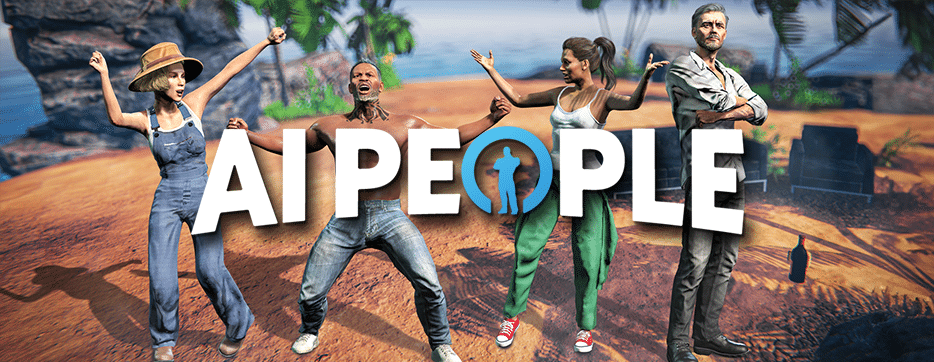
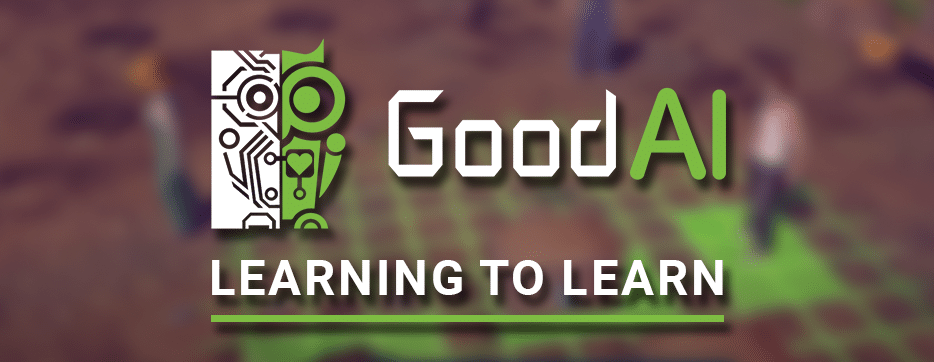

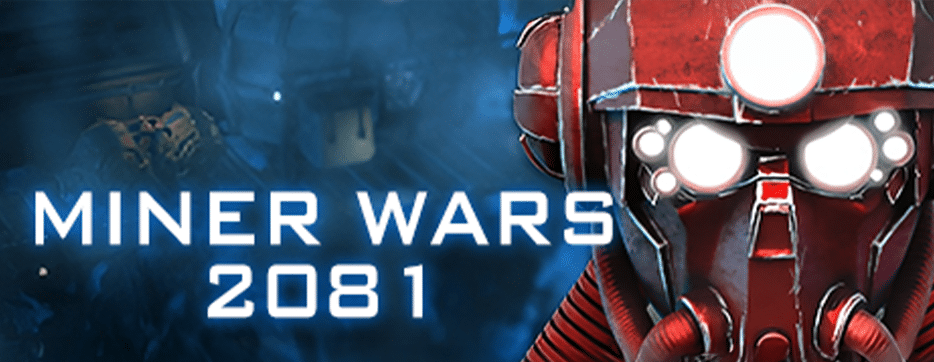
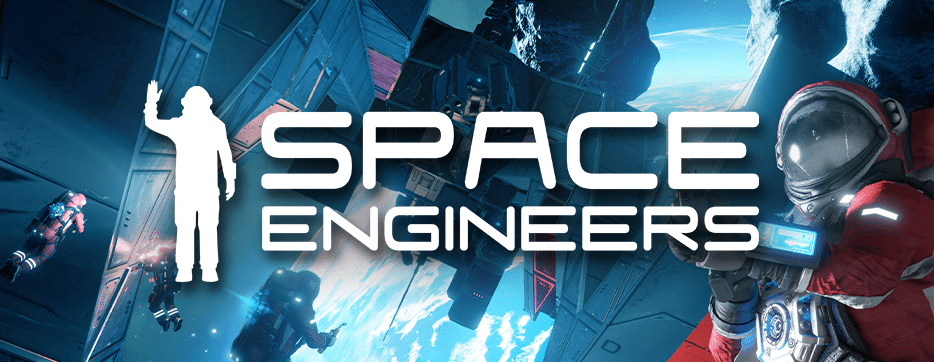
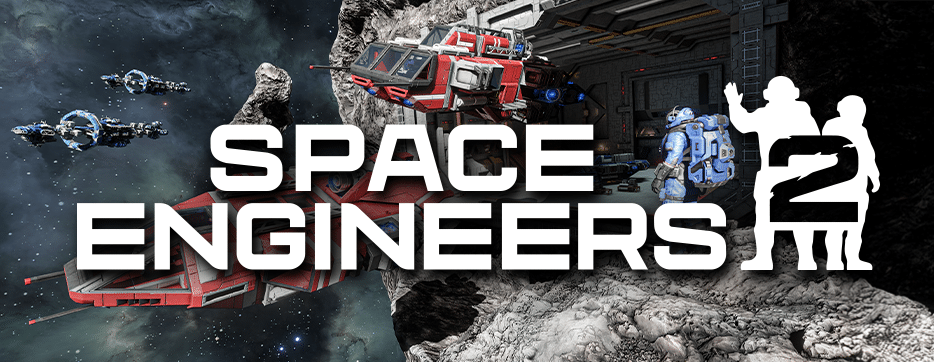
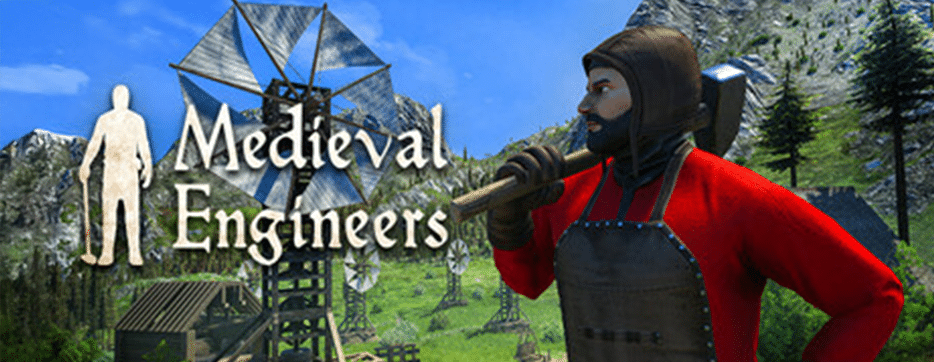

挺好
I think we just need to define the physical game world and provide the AI with the physical world parameters.It’s a kind of spatial intelligence.Cheers to this team for doing great work!